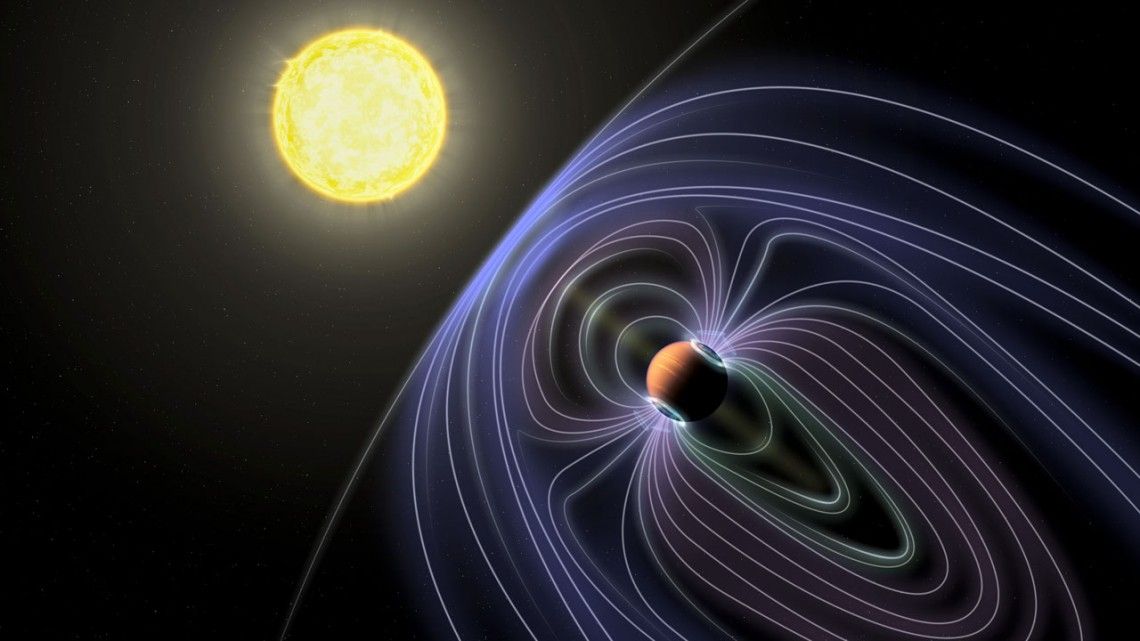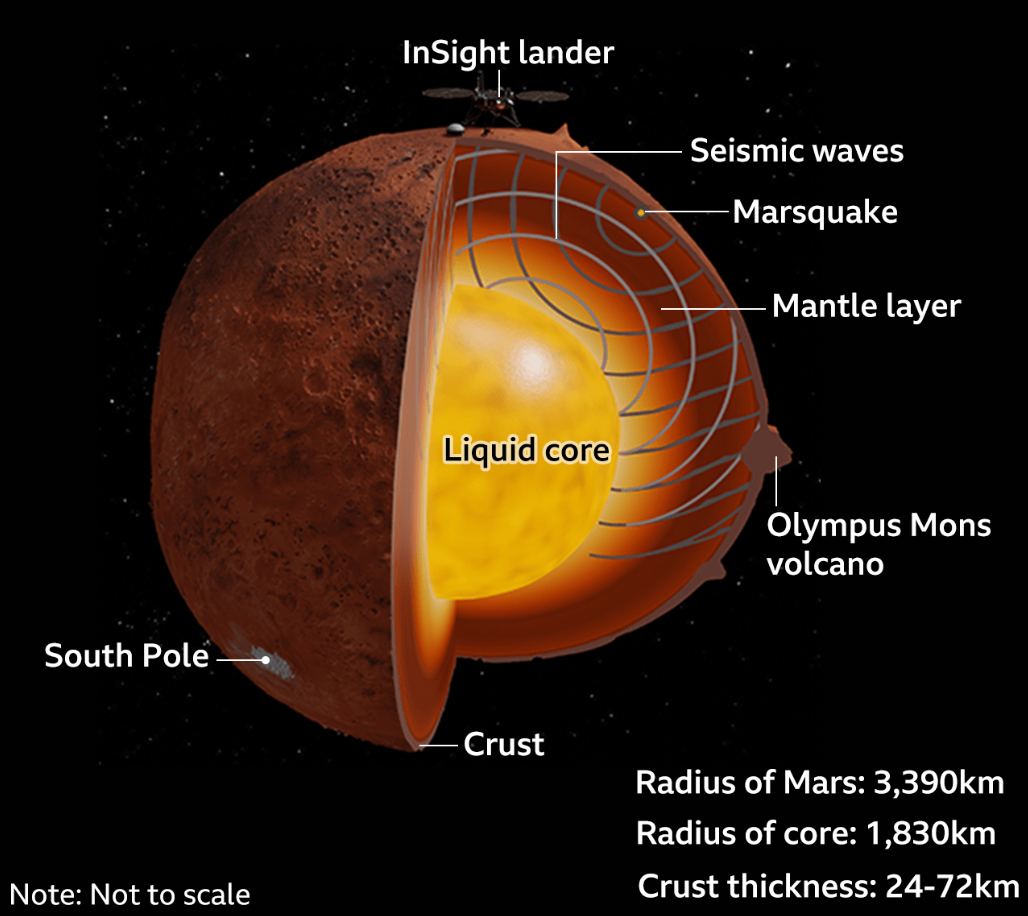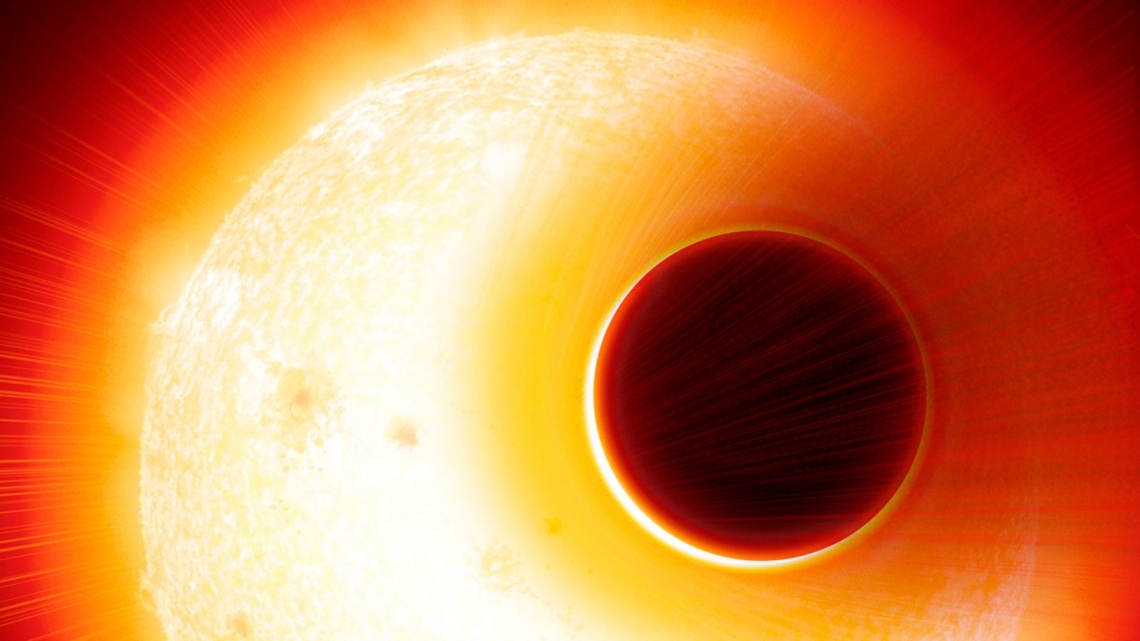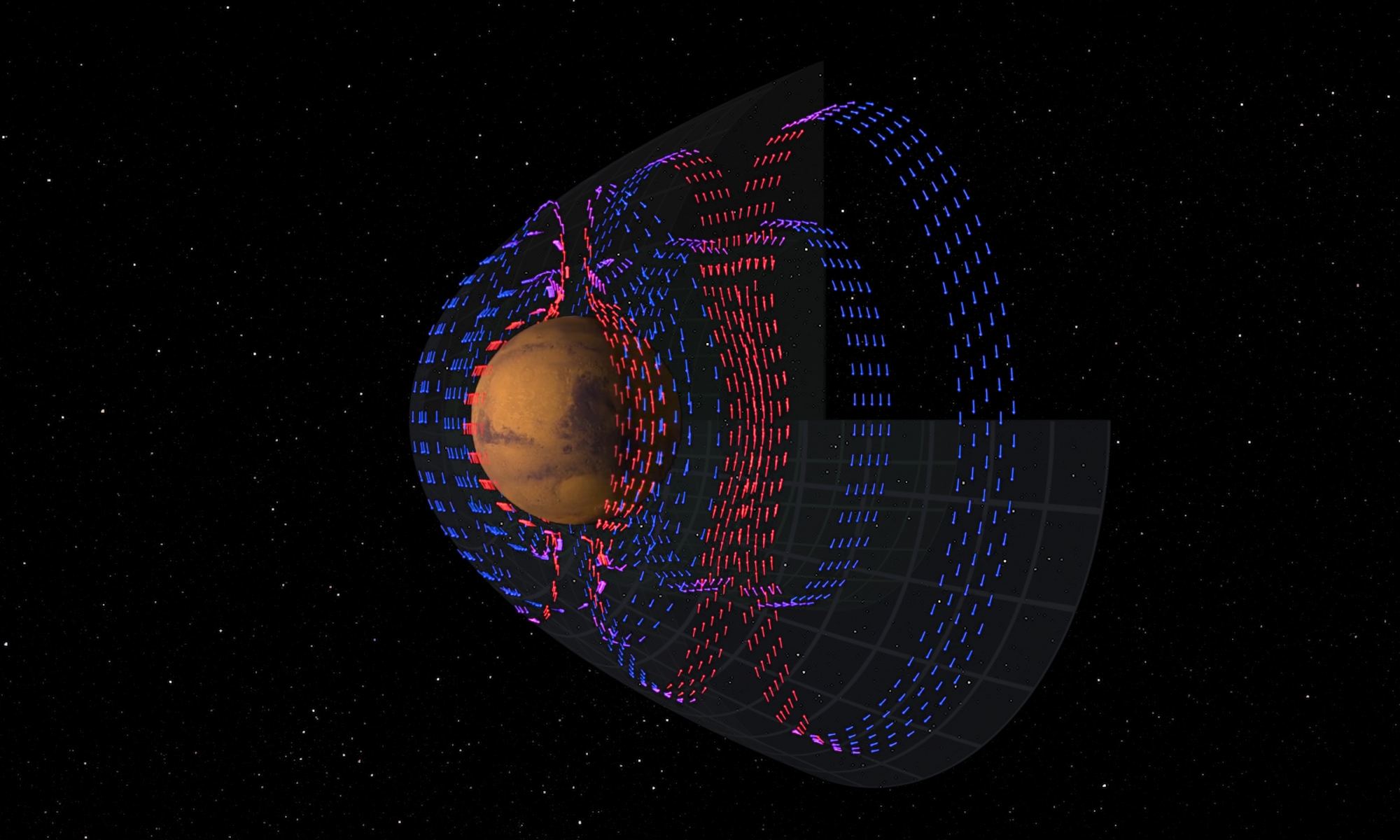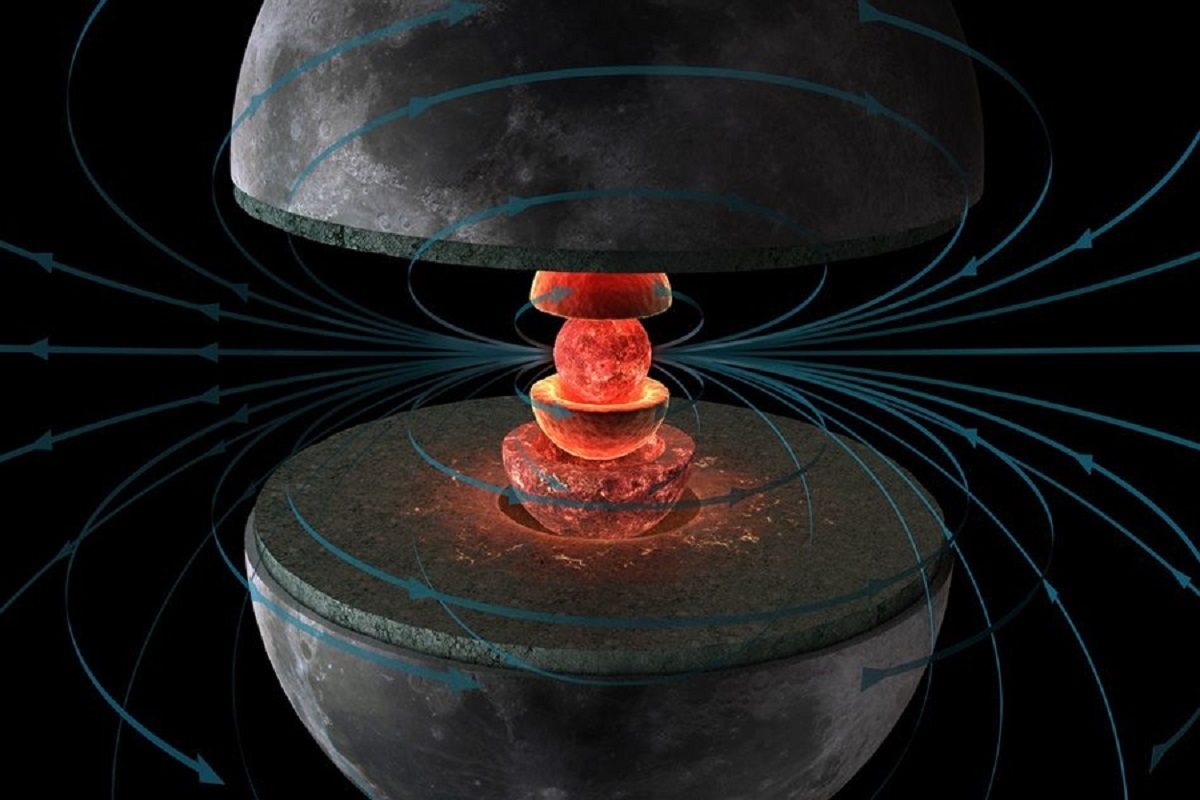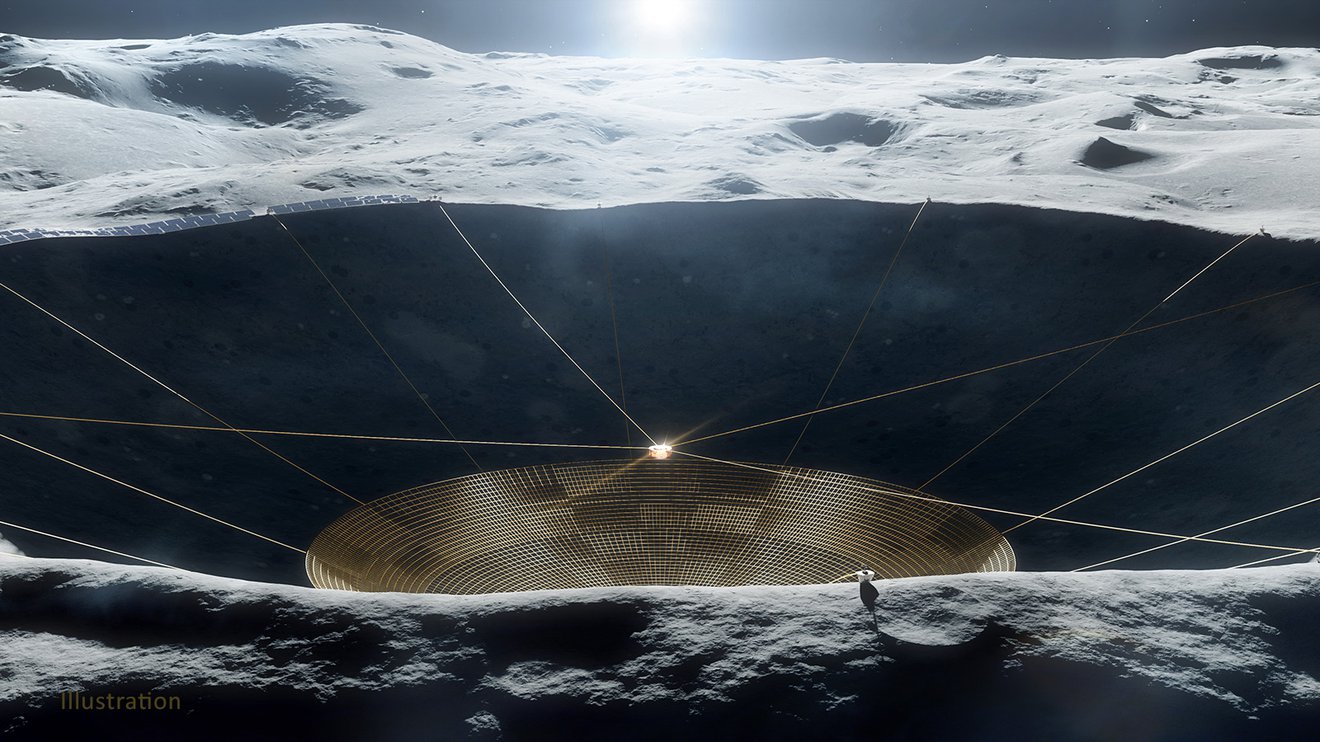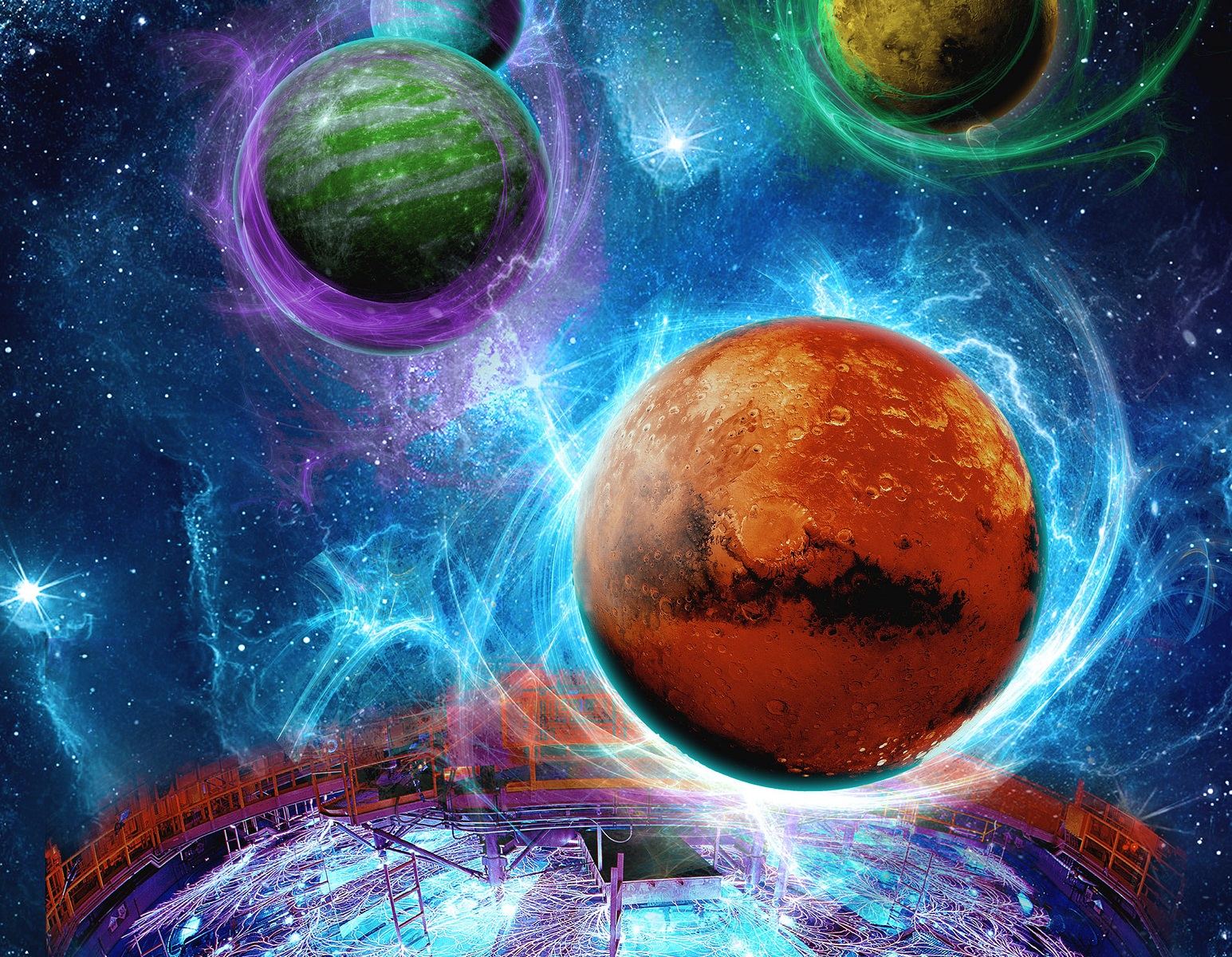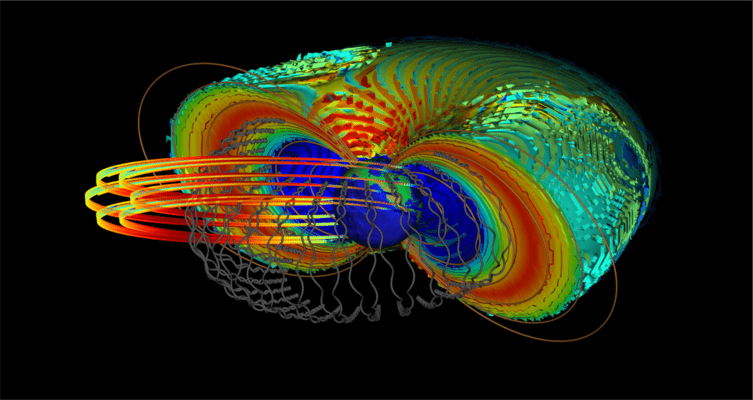We have discovered thousands of exoplanets in recent years. Most have them have been discovered by the transit method, where an optical telescope measures the brightness of a star over time. If the star dips very slightly in brightness, it could indicate that a planet has passed in front of it, blocking some of the light. The transit method is a powerful tool, but it has limitations. Not the least of which is that the planet must pass between us and its star for us to detect it. The transit method also relies on optical telescopes. But a new method could allow astronomers to detect exoplanets using radio telescopes.
Continue reading “One Exciting way to Find Planets: Detect the Signals From Their Magnetospheres”One Exciting way to Find Planets: Detect the Signals From Their Magnetospheres
